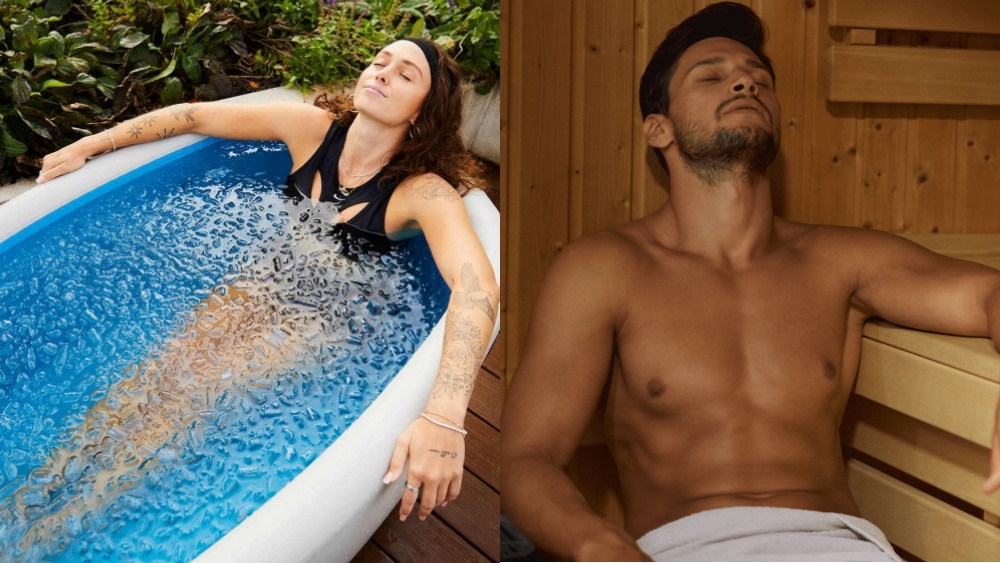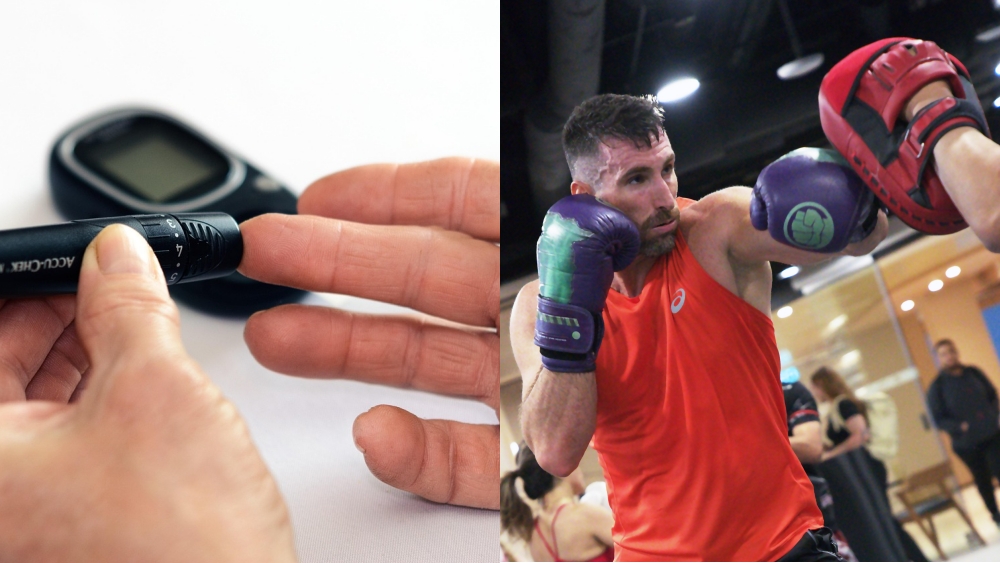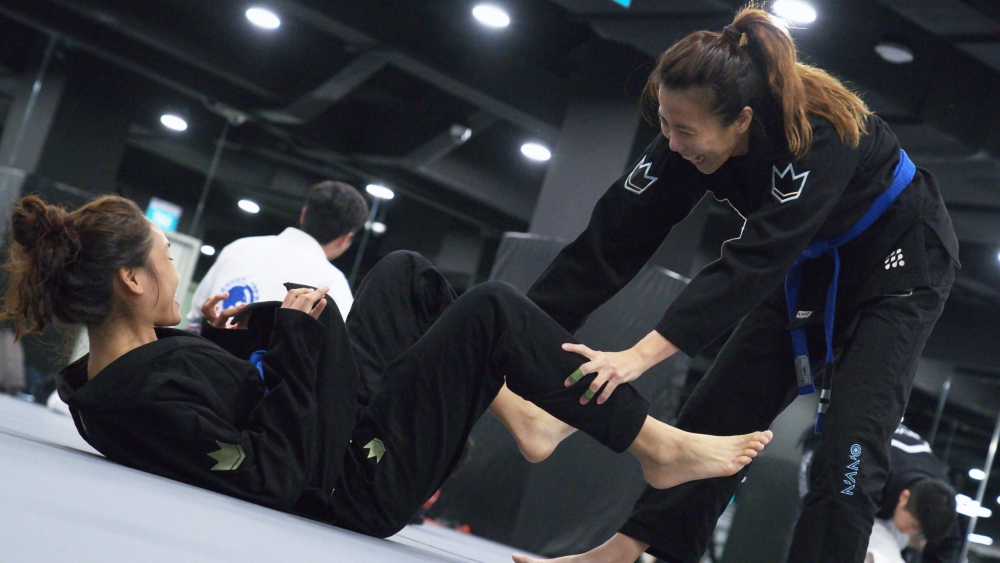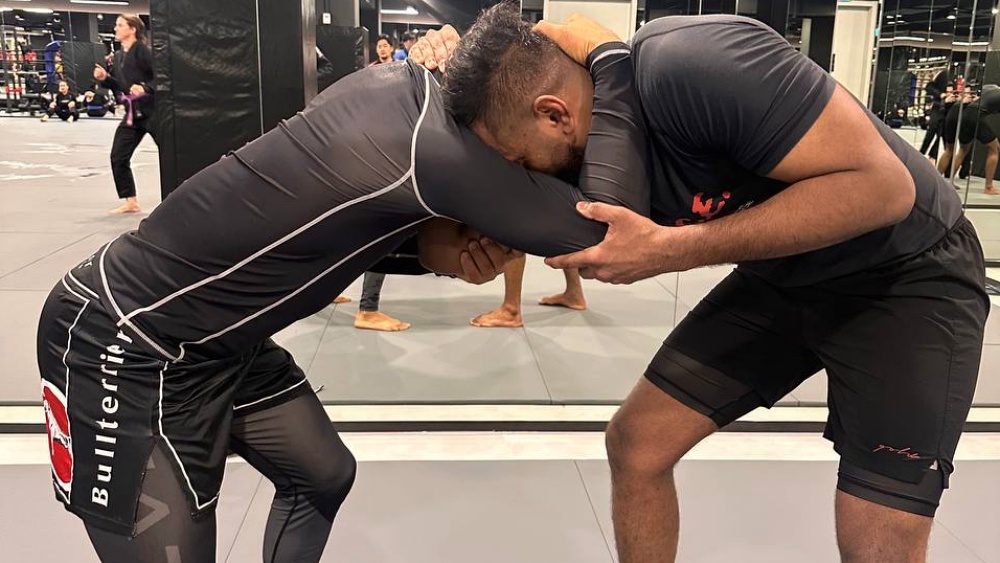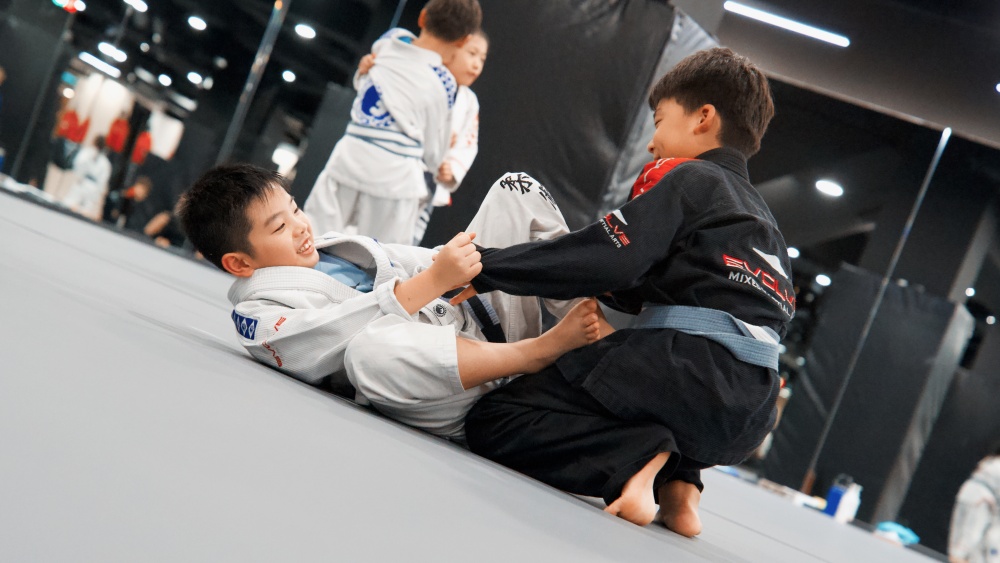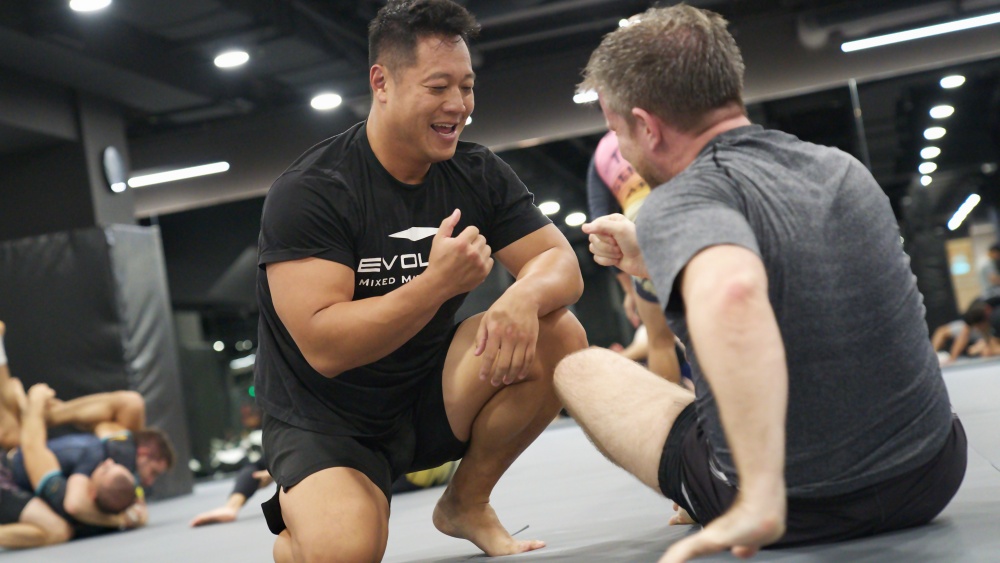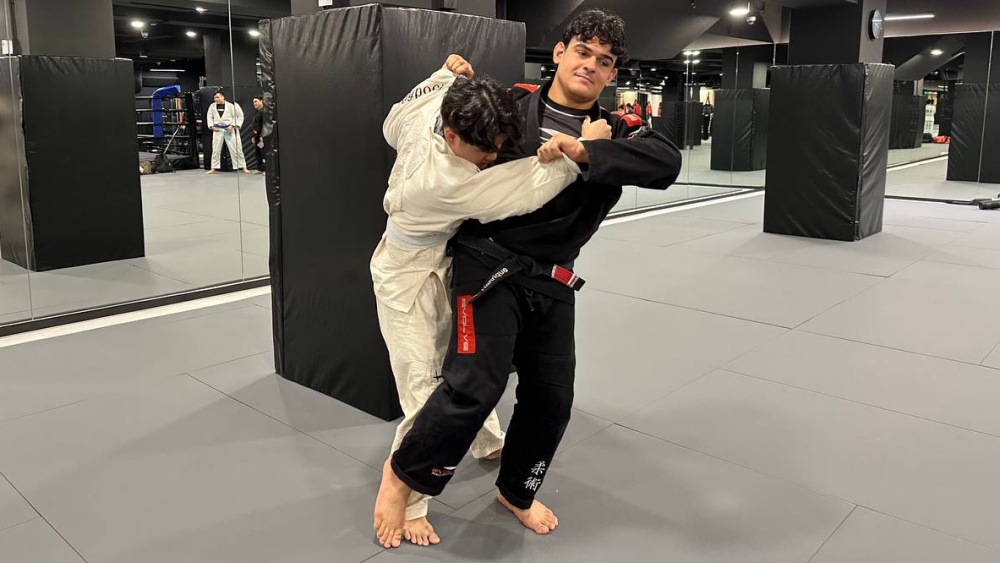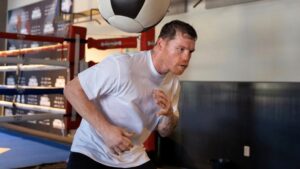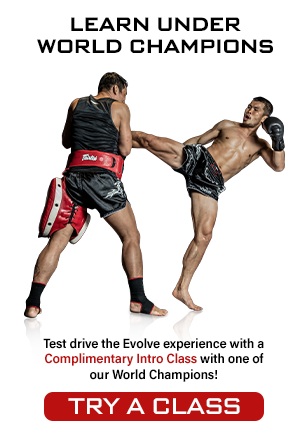A good recovery routine ensures your body is ready for your next martial arts training session. It also lets your body get the most out of all the hard work you put in at the gym. Two of the most popular recovery methods used today, ice baths and heat therapy, are often compared and contrasted as gymgoers search for the ultimate recovery tool.
On one end of the spectrum, some view cold therapy as the ultimate recovery tool, believing it can reduce inflammation, speed up muscle repair, and enhance overall recovery, while others argue that heat therapy is more effective for relaxing muscles, improving blood circulation, and relieving soreness. It ultimately comes down to one question: which is better? This article will explore the pros and cons of both recovery methods and help you determine which one works best for you.
Ice Baths: The Cold Truth
Ice baths, also called cold water immersion, have been a staple among athletes for decades, like Naomi Osaka, Micheal Phelps, and Floyd Mayweather. There are countless videos of elite athletes plunging into frigid water, ice baths, and even undergoing cryotherapy as a recovery tool.
Some of the recovery benefits ice baths provide include:
- Reduces Inflammation: Cold water constricts blood vessels, reducing swelling and inflammation. This can be particularly helpful after intense, physically demanding training sessions.
- Reduces Muscle Soreness: Studies reveal that cold immersion can lessen the intensity of delayed-onset muscle soreness (DOMS), making it easier to train hard the next time you’re in the gym.
- Shortens Recovery Time: Ice baths & cryotheraphy allow you to bounce back faster after strenuous training sessions, making it easier to keep up with your training schedule.
Some of the downsides of taking ice baths include:
- Only Provides Temporary Relief: While ice baths help to reduce soreness, some studies suggest they could hinder your body’s natural repair mechanism.
- Takes Time Getting Used To: Sitting in icy water isn’t a relaxing experience for most people. Start with somewhat cold water and gradually work your way down.
- Limited Impact On Deep Tissues: The effects of cold immersion are primarily on the surface, which may not do much for deep muscle recovery. Some research suggests that ice baths may not be more effective than active recovery in minimizing the inflammatory response in muscle tissues after exercise.
Heat Therapy: Turning Up The Heat
Heat therapy involves applying warmth to sore muscles with heating pads/packs, hot baths, or infrared saunas. Unlike ice baths, which require you to summon all the willpower you can muster, heat therapy feels like a nice warm hug after a tough day at the gym.
Some of the benefits of heat therapy include:
- Increased Blood Flow: Heat opens up your blood vessels, improving the delivery of oxygen and nutrients to muscles and speeding up recovery.
- Reduces Stiffness: Heat therapy helps loosen sore muscles, which improves flexibility and mobility. You’ve probably noticed that your body performs better when you “warm up” before engaging in strenuous physical activity.
- Promotes Relaxation: Heat therapy reduces cortisol levels, improving hormone regulation, improving mood, and speeding up your physical recovery.
Some of the drawbacks of heat therapy include:
- Not Ideal For Inflammation: Applying heat to an inflamed area can lead to more swelling, which in this case cold therapy would be a better solution for that.
- Takes Longer: Heating therapy requires more time than cold therapy to be effective. As little as 60s in freezing water drastically reduces inflammation all over the body.
- Could Lead To Dehydration: Spending extended periods in hot environments can lead to dehydration if you’re not adequately hydrated. It’s important to drink lots of water after rigorous training sessions before engaging in it.
Ice Vs. Heat: When To Use Each
Neither approach to recovery is better than the other since they both have their benefits and disadvantages compared to each other. The right choice depends on what your body needs after training sessions.
Here’s a guide to help you determine what your body needs:
Use Ice Baths If:
- You’ve had an intense sparring or strength and conditioning session that caused some form of inflammation.
- You’ve had a busy schedule and want quick relief.
- You want to soothe acute injuries like a sprained ankle.
Use Heat Therapy If:
- Your muscles feel stiff after a long training sessions.
- You’re looking to wind down and relax after a hard day of training.
- You want to improve your mobility for your next training session.
The Ideal Approach
Some post-exercise recovery experts recommend alternating between ice baths and heat therapy. This practice, known as contrast therapy, allows you to reap the benefits of both approaches, including reduced inflammation and increased blood flow.
The rapid changes in your circulatory system when you go from cold to hot water are what renders contrast therapy such an effective recovery tool.
When you submerge your body in cold water, your blood vessels react by getting smaller, reducing blood flow. In contrast, heat therapy has the opposite effect, opening your capillaries. The pumping action created by your body’s reactions to extreme temperatures is responsible for the soothing effects of contrast therapy on sore muscles.
Start with two to three minutes in an ice bath, followed by the same amount of time in a hot bath. Repeat the cycle three to five times for optimal benefits.
Other things you should keep in mind to get the best out of hot and cold therapy include:
- Listen To Your Body: No one-size-fits-all approaches for muscle recovery work equally for everyone. Our bodies are different, which makes it essential to experiment with different recovery methods to determine what works best for you.
- Don’t Overdo Things: Too much hot or cold therapy can negatively impact your performance, so stick to sessions that last no more than 15 minutes.
Use Both Recovery Methods
Ice baths and heat therapy play vital roles in post-exercise recovery, so there’s no need to favor one over the other. Use both depending on your body’s needs after each training session, and try contrast therapy.
Recovery is just as important as training since that’s when your body builds itself to be stronger and more efficient. Treat your body right, and it’ll reward you by performing even better in the gym or during competitions.
You may also like:
